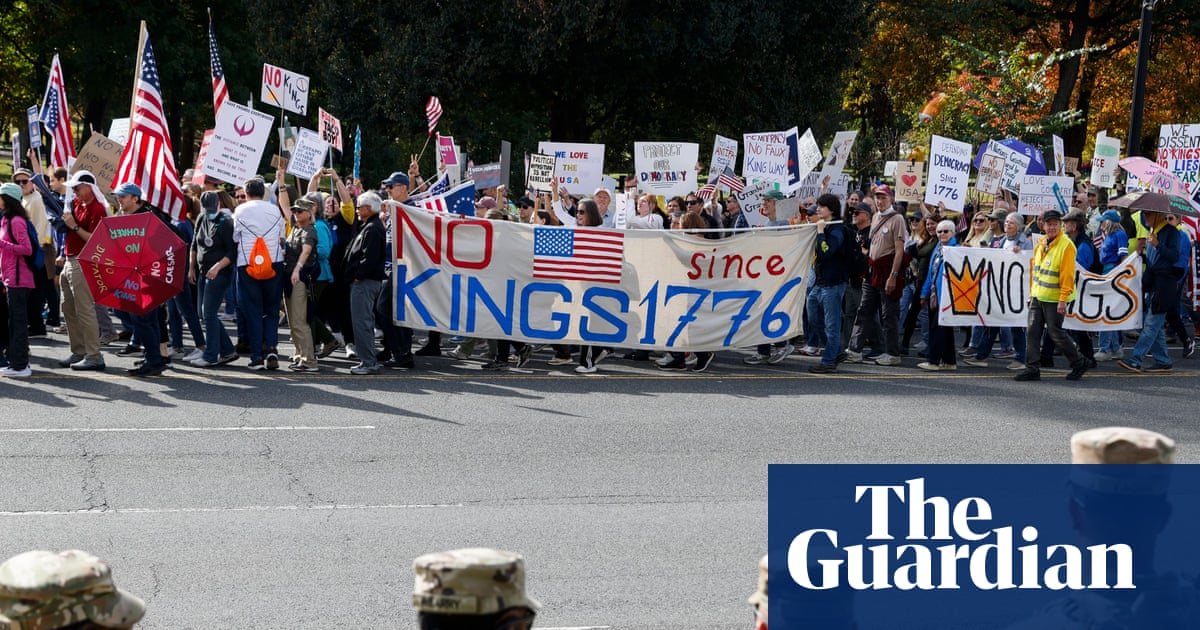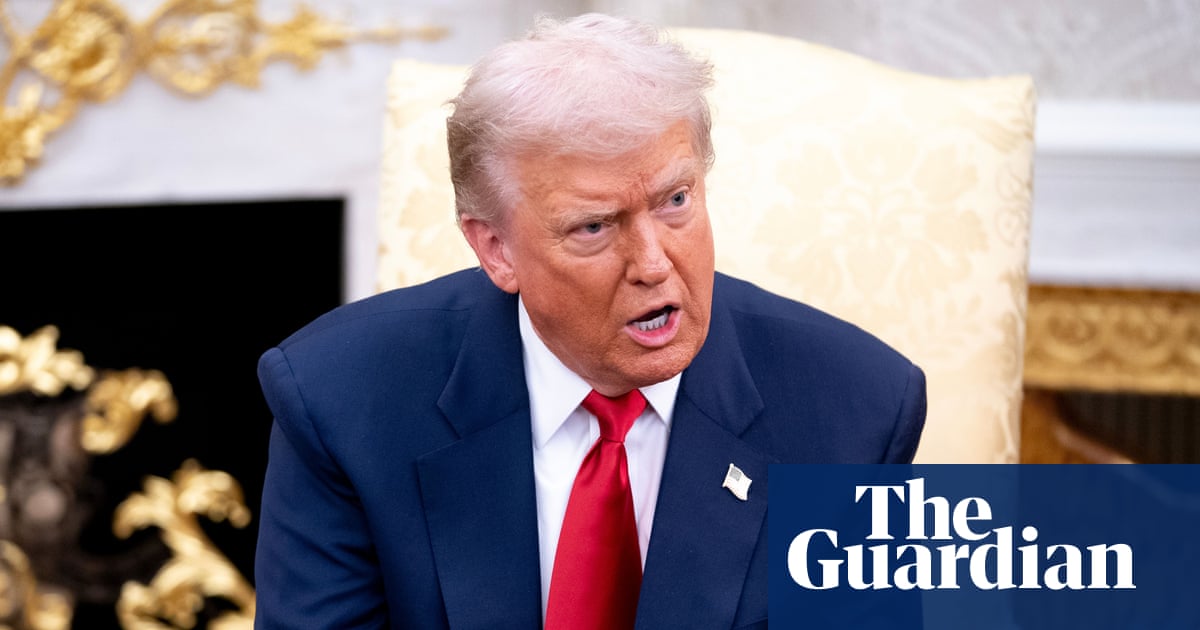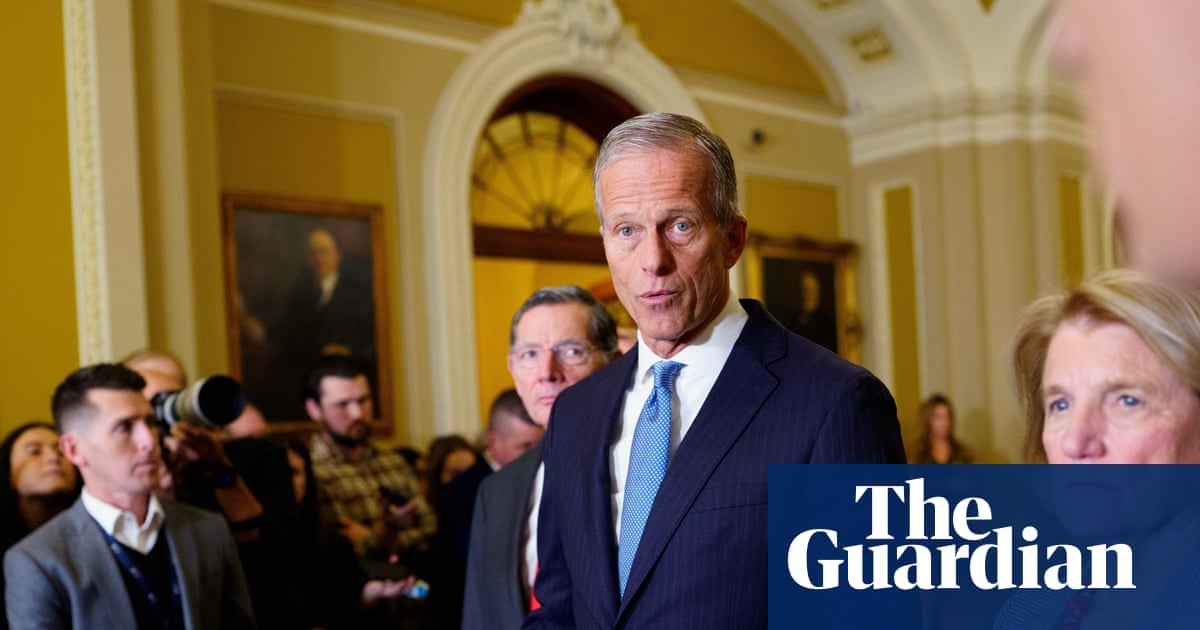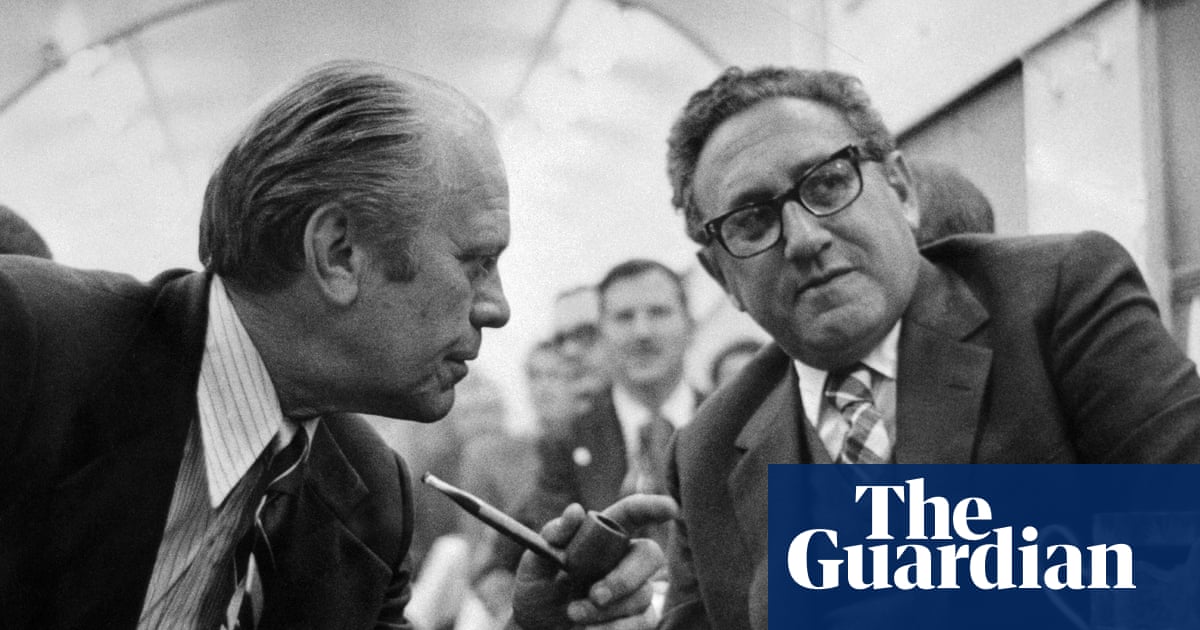For many Americans, government shutdowns are a painful experience, but in the current shutdown, Donald Trump – that supposed champion of workers – has gone out of his way to make things more painful for millions of workers and their families.
As part of his effort to clobber the Democrats in the shutdown showdown, the US president has repeatedly treated workers like pawns by employing a callous calculus that the worse he makes things for workers, the greater the pressure on congressional Democrats to cry uncle and end the shutdown on his terms. Not only are several of Trump’s shutdown moves blatantly anti-worker, but legal experts say many of them violate federal law.
Take the Trump administration’s abrupt decision to effectively cut off funding for the Supplemental Nutrition Assistance Program (Snap) beginning this Saturday. That’s the food stamp program used by millions of workers and their families – a total of 42 million people, one-eighth of the US population.
Last Friday, the administration said it wouldn’t let the Department of Agriculture’s $5bn-plus contingency fund be used to ensure continued food benefits after 1 November. Nutrition experts and Snap recipients warn that this will result in increased hunger in the world’s richest nation. The administration cut off funding by asserting that the contingency money could only be used for natural disasters, and it did so even though it had said just before the shutdown began that the contingency fund could be used to finance Snap benefits.
JB Pritzker, the governor of Illinois, slammed the move, saying that working families “are about to go without food assistance because Trump and Congressional Republicans want to score political points and refuse to reach a deal.” Pritzker added: “They can find the money to pay masked federal agents wreaking havoc in our communities but not help people in need put food on the table.”
Cutting off food stamps will hurt millions of low-wage workers as well as seniors, veterans and many other vulnerable Americans. “People receive Snap in every part of the country and in every state,” said Sharon Parrott, president of the Center of Budget and Policy Priorities, a progressive thinktank. “It is quite something to be sitting on billions of dollars that could be used for food assistance for people who need help and to refuse to release it.”
This past Tuesday, two dozen states sued the Trump administration, asserting that the Snap cutoff was unlawful. David A Super, a federal budget expert at Georgetown University, told the New York Times that “nothing in the law imposes that limit” of using contingency funding only for natural disasters. He added: “This [funding cutoff] is blatantly lawless.”
The government shutdown began on 1 October, after Democrats blocked legislation to finance the government unless Trump and Republicans agreed, as part of any deal, to take an important step to help working Americans – extending subsidies that help 22 million Americans pay for Obamacare. Trump refused.
The Snap cutoff is just one of the anti-worker moves Trump has taken during the shutdown. He alarmed 670,000 furloughed federal workers by threatening not to provide them with backpay. After previous government shutdowns, the hundreds of thousands of furloughed federal employees almost always received retroactive pay for the time the shutdown lasted. Not only that, during Trump’s first term, he signed the Government Employee Fair Treatment Act, which was understood to guarantee backpay to federal workers furloughed during shutdowns.
But during the current shutdown, Trump suddenly backtracked on that legislation and threw an unwelcome curveball to the 670,000 furloughed workers. He warned them that there is no guarantee they’ll receive backpay for the four-plus weeks they’ve been furloughed.
This was widely seen as “a strong-arm tactic” to pressure congressional Democrats to agree to reopen the government and drop their demand to extend Obamacare subsidies. Senator Patty Murray of Oregon, the senior Democrat on the Senate appropriations committee, called this Trump tactic illegal and “another baseless attempt to try and scare & intimidate workers”. She wrote on X: “The letter of the law is as plain as can be – federal workers, including furloughed workers, are entitled to their backpay following a shutdown.”
In a draft memo, the Trump White House indicated that only workers it deemed essential – like military personnel and air traffic controllers – may be automatically entitled to backpay. In a slap at the 670,000 furloughed workers, Trump told reporters that backpay is iffy for federal workers, saying it “depends on who you’re talking about” and there were “some people that really don’t deserve to be taken care of”.
In another anti-worker move, Trump and Russell Vought, the director of the White House Office of Management and Budget, seized on the shutdown to announce permanent layoffs of 4,000 federal workers. They did this after Trump called the shutdown an “unprecedented opportunity” to revamp the government and cut “Democrat agencies”. In previous shutdowns, furloughed workers weren’t laid off; they returned to their jobs when the government reopened.
On Tuesday, Susan Illston, a federal district court judge in San Francisco, extended an injunction temporarily blocking the layoffs. She calling them capricious and a form of “political retribution’ and said that such mid-shutdown layoffs are “unprecedented in our country’s history”.
Everett Kelley, the president of the American Federation of Government Employees, a union representing 800,000 federal and Washington DC government workers, called the layoffs illegal. “Federal workers are tired of being used as pawns,” Kelley said. He added: “It is disgraceful that the Trump administration has used the government shutdown as an excuse to illegally fire thousands of workers who provide critical services to communities across the country.”
We shouldn’t be at all surprised that Trump has pursued new anti-worker policies during the shutdown, considering that he has embraced dozens of anti-worker policies during his nine months back in office. Notwithstanding his repeated promises to help miners, Trump halted enforcement of a regulation that protects coalminers from a devastating, often deadly lung disease. Enraging labor leaders, Trump has moved to strip collective bargaining rights from more than 1 million federal workers. He scrapped the minimum wage requirement that federal contractors pay their employees at least $17.75 an hour; as a result, many full-time workers will see their wages fall by more than $9,200 a year. Trump fired the chair of the National Labor Relations Board (NLRB), leaving the country’s top labor agency without a quorum to protect workers from companies’ unlawful anti-union tactics.
Meanwhile, Trump has slashed regulations on oil companies and crypto-billionaires to help them increase profits. Trump “talks a good game of being for working people, but he’s doing the absolute opposite,” said Liz Shuler, president of the AFL-CIO, the main US labor federation. “This is a government that is by, and for, the CEOs and billionaires.”
For weeks now, Trump could have easily ended the shutdown by doing a straightforward favor for America’s working class. But he has refused to do so because he doesn’t want to be seen as bending in any way in his showdown with the Democrats. Trump could end the shutdown in an hour or two by telling congressional Republicans: “Let’s do the working class a solid by extending Obamacare subsidies.” That would be a boon to millions of workers because without the extension, Obamacare premiums will more than double on average for 22 million Americans.
All this shows that Trump has acted coldly, cruelly and calculatingly toward working-class Americans during the shutdown. Any president who truly cared about American workers, any president who wanted to reduce their worrying and their pain, would, during the shutdown, be doing the opposite of what Trump has done.
-
Steven Greenhouse is a journalist and author, focusing on labor and the workplace, as well as economic and legal issues

 German (DE)
German (DE)  English (US)
English (US)  Spanish (ES)
Spanish (ES)  French (FR)
French (FR)  Hindi (IN)
Hindi (IN)  Italian (IT)
Italian (IT)  Russian (RU)
Russian (RU)  3 weeks ago
3 weeks ago























Comments